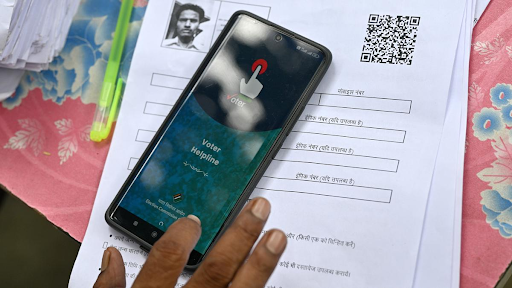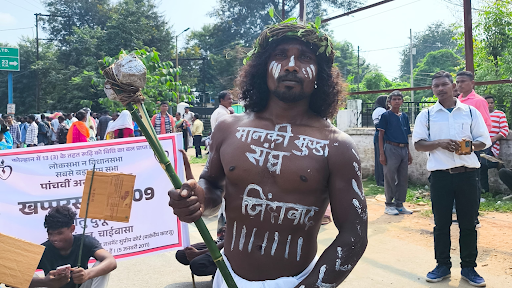





Copyright infringement not intended
Picture Courtesy: https://www.business-standard.com/india-news/18k-adoptions-since-2019-only-1-4k-children-with-special-needs-find-homes-124082500200_1.html
Despite the rise in total adoption rate, the adoption of children with special needs declined.
The Central Adoption Resource Authority (CARA) reported that since 2019, India has recorded 18,179 adoptions. Of these, only 1,404 involved children with special needs
Central Adoption Resource Authority (CARA)●It was established in 1990 under the Ministry of Women and Child Development. ●It is responsible for monitoring and regulating child adoption procedures, both domestically and internationally, to ensure the best interests of the child. ●In 1993, CARA became a signatory to the Hague Convention on the Protection of Children, promoting inter-country adoptions. India ratified this convention in 2003. |
Source:
|
PRACTICE QUESTION Q. Consider the following statements in the context of the Central Adoption Resource Authority (CARA): 1. It was established under the Ministry of Home Affairs. 2. It is authorized to regulate child adoption procedures only within India. 3. It is a signatory to the Hague Convention on the Protection of Children. How many of the above statements are incorrect? A) Only one B) Only two C) All three D) None
Answer: B Explanation: Statement 1 is incorrect: CARA was established under the Ministry of Women and Child Development, not the Ministry of Home Affairs. Statement 2 is incorrect: CARA regulates child adoption procedures both within India and for inter-country adoptions. It ensures the best interests of children in both domestic and international contexts. Statement 3 is correct: CARA became a signatory to the Hague Convention on Protection of Children and Co-operation in 1993, which facilitates inter-country adoptions. |








© 2025 iasgyan. All right reserved